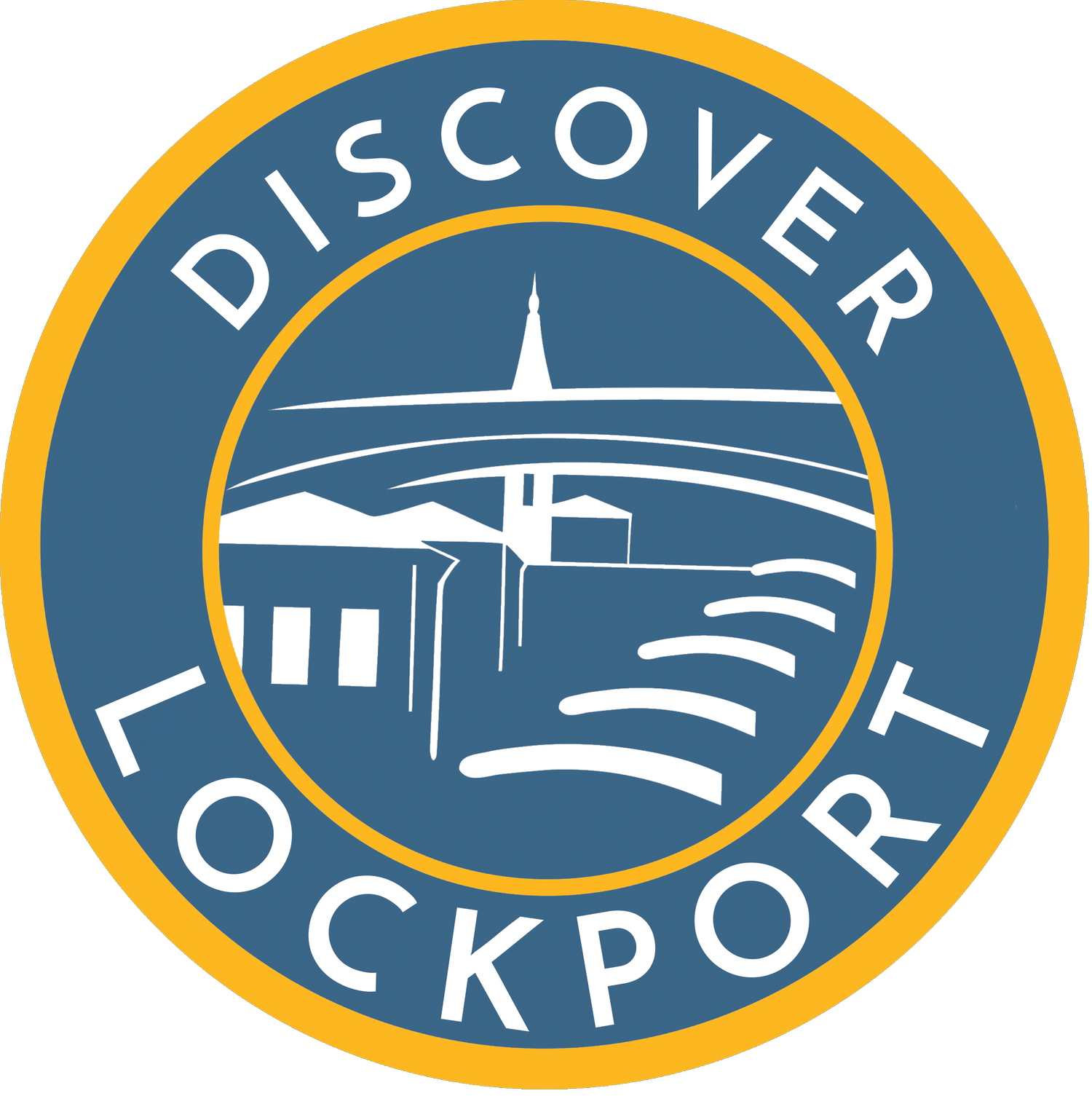The Flight of Five Locks on the Erie Canal in Lockport.
There are any number of impressive structures along the canal. The “flight of five” locks in Lockport is considered an engineering marvel; it allowed barges to rise in five separate chambers as if on an escalator over the Niagara Escarpment. The Nine-Mile Creek Aqueduct outside of Camillus is the last of 32 working aqueducts. The enormous UTICA tower that emerges without warning in a lonely field is kind of a thrilling moment in a monotonous stretch.
But only one attraction will elicit a visceral response from the nonengineer. Around Knowlesville, you can scramble down a hill to wander into the only tunnel to pass under the Erie Canal. It is wondrous and alarming to stand in this echo chamber, which is clearly dripping a lot of canal water.
Take the detour
The route: Buffalo to Albany
Dotted with canalside towns that tell a rich and often strange history of the westward expansion of America, the Erie Canalway Trail, a 360-mile bike path connecting Buffalo to Albany, is a route to savor. One endurance cyclist I spoke with made it from end to end in just over 31 hours (stopping only to stretch, eat and fix a flat), which is impressive. But racing through this trail defeats its purpose.
The Erie Canal, completed in 1825, not only opened up the nation to commerce, it also was a kind of psychic highway that attracted a steady stream of 19th-century freethinkers: Abolitionists, Mormons, Spiritualists, Adventists and suffragists can all trace their roots to this fertile vein of New York State.
The towns along the path, which is much more established than its north/south counterpart, can hardly be glimpsed from the interstate and are very welcoming to cyclists.
The Erie Canal in Rochester.
If you live in New York City, the Erie Canalway isn’t easy to get to. I have family in Buffalo, so I could start there. Along with my 22-year-old son, we planned a week to ride to Albany, where we had left his car, and then to drive home to Brooklyn.
I highly recommend sharing the trail with a physically fit young person who is happy to bear half the camping gear and is eager to ride in front and let you draft in his slipstream.
The cycling is relatively easy. Eighty-five percent of it is on a dedicated bike path, most of which is flat and is either paved or made of crushed stone. The towns are never much more than 20 miles apart, so it’s simple enough to ride to a hotel every night.
There are a few state parks not far from the trail where you might pitch a tent, but we had planned to “wild camp” at the locks along the canal. These are first-come, first-served hiker-biker-boater sites. But as we pedaled past the locks in the early part of the ride, it was hard to tell: Were these well-tended lawns meant for public camping? Right next to the path? It turns out yes.
I spoke with Robin Dropkin, the executive director of Parks & Trails New York and the woman behind the indispensable map and guidebook “Cycling the Erie Canal.” She confirmed that these were the suggested campsites, but she also agreed with my hesitancy. “They are a little exposed,” she said.
It felt like camping in Central Park. Despite having loaded our bikes with a tent, sleeping bags and cooking gear, we mostly stuck to hotels.
The end, or start, of the Empire State Trail in Buffalo.
Buffalo is a fantastic city. It had electric lights years before Paris. But if you’re only going to use Buffalo as a starting point, consider beginning farther down the road. There are a few lovely miles along the shore of Lake Erie, but the trail here is a patchwork of poorly marked sidewalks, multipurpose paths and aggravating detours.
If you’re not a completist, maybe start at North Tonawanda. This is really where the Erie Canalway begins in earnest. In fact, you could do worse than beginning your ride in Pendleton, a few miles down the path and home to Uncle G’s, the first of many excellent ice cream parlors suspiciously close to the bike trail.
We brake for honey wine
Medina doesn’t look like much from across the canal, but it’s a wonderfully preserved town that once made its fortune from Medina sandstone, used worldwide (the Brooklyn Bridge, Buckingham Palace) until the 1930s. Hart House, a boutique hotel that occupies one floor of a former shirt manufacturer, seems eager to court cyclists (our room was decorated with an enormous Schwinn medallion and nicknamed the Brake Pad). On the ground floor is Meadworks an actual meadery that makes and sells artisanal honey wine, which is served in a rustic-chic bar or in the outdoor “Beegarten.”
Engineering feats: locks and tunnels
